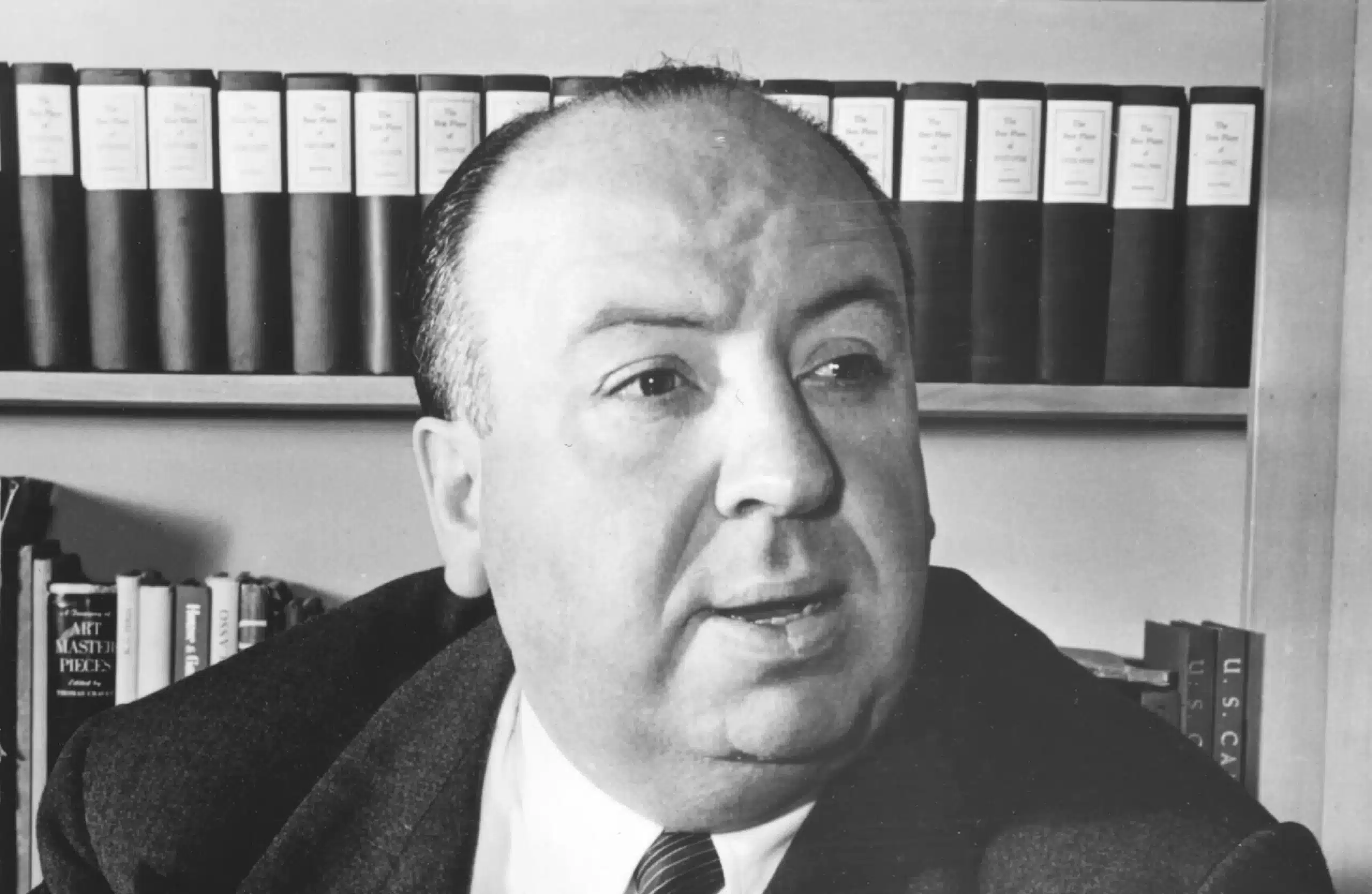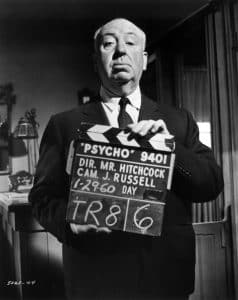Biography
Alfred Hitchcock: A Master of Cinematic Techniques, Suspense and Visual Storytelling

Alfred Hitchcock was an English-born American film director who is widely regarded as one of the most influential figures in the history of cinema. He was born on August 13, 1899, in Leytonstone, England, and died on April 29, 1980, in Bel Air, California.
Hitchcock directed over 50 feature films throughout his career spanning six decades. Some of his notable works include “Blackmail,” “Dial M for Murder,” “Foreign Correspondent,” “I Confess,” “Lifeboat,” “Marnie,” “Murder!,” “North by Northwest,” “Psycho,” “Rear Window,” “Rope,” “Sabotage,” “Saboteur,” “Secret Agent,” “Shadow of a Doubt,” “Spellbound,” “Stage Fright,” “Strangers on a Train,” “The 39 Steps,” “The Birds,” “The Lady Vanishes,” “The Lodger: A Story of the London Fog,” “The Man Who Knew Too Much,” “The Paradine Case,” “The Trouble with Harry,” “The Wrong Man,” “To Catch a Thief,” “Torn Curtain,” “Under Capricorn” and “Vertigo”.
Age, Marriage, Career Net worth And More…

Alfred Hitchcoc
Hitchcock’s films are known for their suspenseful plots and macabre sense of humor. He was also known for his signature cameo appearances in his films.
Alfred Hitchcock was known for his unique style of filmmaking that made his works stand out. He directed over 50 motion pictures and 20 television episodes throughout his career spanning six decades.
Hitchcock’s style of filmmaking was characterized by his use of visual storytelling, mise-en-scène, themes revolving around obsession and morale, scriptwriting, use of music, film editing, actors’ performances, and keeping the story simple. He was also known for his use of cinematic techniques to create suspense in his films. Some of these techniques include the use of editing and visuals instead of dialogue and exposition to tell stories, the use of music to create tension and suspense, and the use of mise-en-scène to create a sense of unease.





